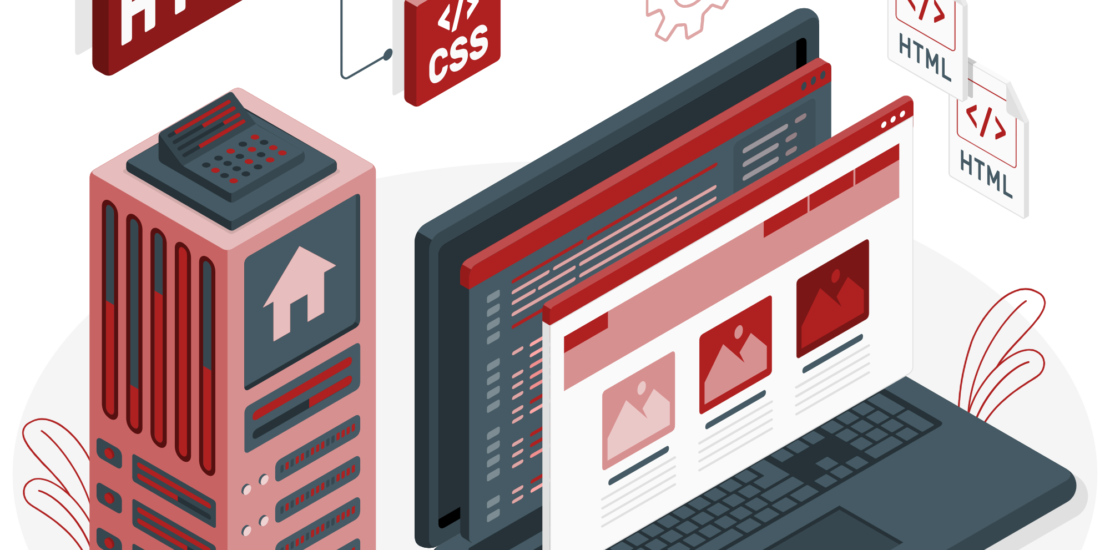- December 19, 2023
- Posted by: immensesofts
- Categories:

Front End
A Front End service is a critical component of web application architecture, focusing on the client-side development of the software. This service is responsible for everything that users directly interact with in a web application, ensuring a seamless and engaging user experience. Here’s a comprehensive description of what a Front End service entails:
Key Components
- User Interface (UI) Design:
- Layout and Structure: Defining the structure and layout of web pages, ensuring they are visually appealing and user-friendly.
- Interactive Elements: Creating interactive components like buttons, forms, and modals using HTML, CSS, and JavaScript.
- Responsive Design: Ensuring the application is accessible and functional on various devices and screen sizes.
- User Experience (UX) Development:
- Navigation: Designing intuitive navigation systems so users can easily find information and move through the application.
- Performance Optimization: Minimizing load times and ensuring smooth interactions to improve overall user satisfaction.
- Accessibility: Implementing best practices to make the application usable for people with disabilities, including those using assistive technologies.
- Client-Side Logic:
- JavaScript and Frameworks: Using JavaScript along with frameworks like React, Angular, or Vue.js to create dynamic and responsive interfaces.
- State Management: Managing the state of the application with libraries like Redux or MobX to ensure data consistency and integrity.
- API Integration: Communicating with back-end services through RESTful APIs or GraphQL to fetch and display data dynamically.
- Tooling and Build Processes:
- Version Control: Utilizing Git for source code management and collaboration.
- Build Tools: Using tools like Webpack, Babel, or Parcel to bundle and optimize the code for production.
- Task Runners: Implementing automation of repetitive tasks with tools like Gulp or Grunt.
- Testing and Debugging:
- Unit Testing: Writing tests for individual components using frameworks like Jest or Mocha.
- End-to-End Testing: Conducting comprehensive tests using tools like Cypress or Selenium to ensure the entire application works as expected.
- Debugging: Utilizing browser developer tools and debugging utilities to identify and fix issues.
Responsibilities
- Design Implementation: Translating UI/UX designs into actual code that forms the visual and interactive elements of the web application.
- Performance Optimization: Ensuring the application is optimized for speed and efficiency, both in loading times and during interaction.
- Cross-Browser Compatibility: Making sure the application functions correctly across different browsers and platforms.
- Collaboration: Working closely with back-end developers, designers, and product managers to ensure a cohesive and functional application.
- Continuous Improvement: Staying updated with the latest front-end technologies and best practices, continuously refactoring and improving the codebase.
Technologies and Tools
- Languages: HTML, CSS, JavaScript (ES6+)
- Frameworks/Libraries: React, Angular, Vue.js, Svelte
- CSS Preprocessors: SASS, LESS
- Version Control: Git, GitHub, GitLab
- Build Tools: Webpack, Babel, Parcel
- Testing Frameworks: Jest, Mocha, Cypress, Selenium
- Package Managers: npm, Yarn
Conclusion
The Front End service is essential for delivering a high-quality user experience in web applications. By focusing on both aesthetics and functionality, front-end developers ensure that the application is not only visually appealing but also intuitive and efficient for users. With a strong foundation in the latest technologies and best practices, the Front End service plays a pivotal role in the success of modern web applications.
